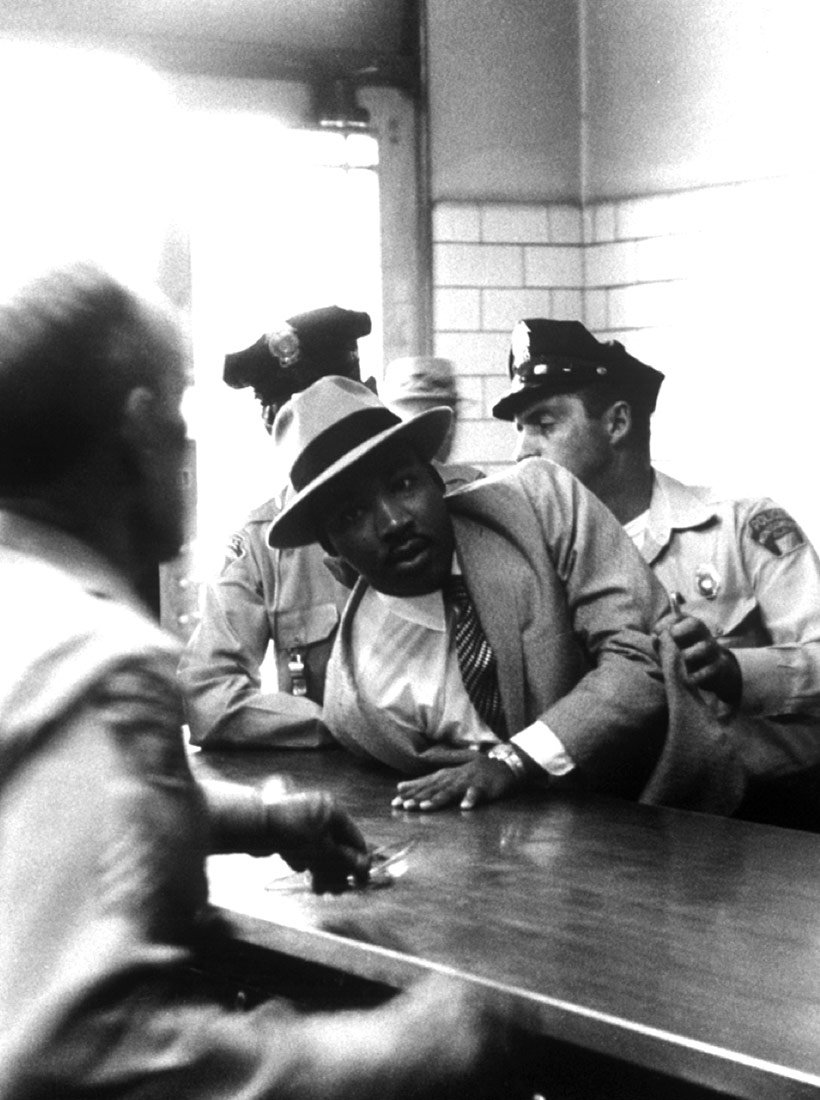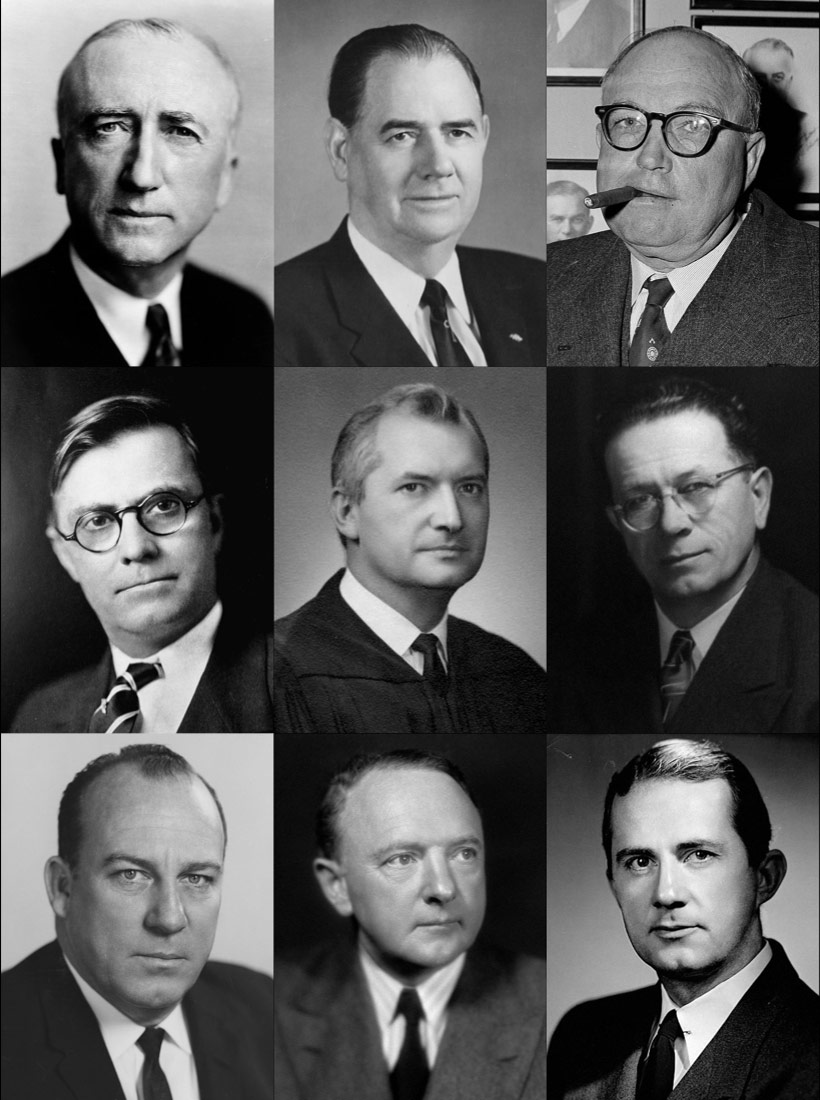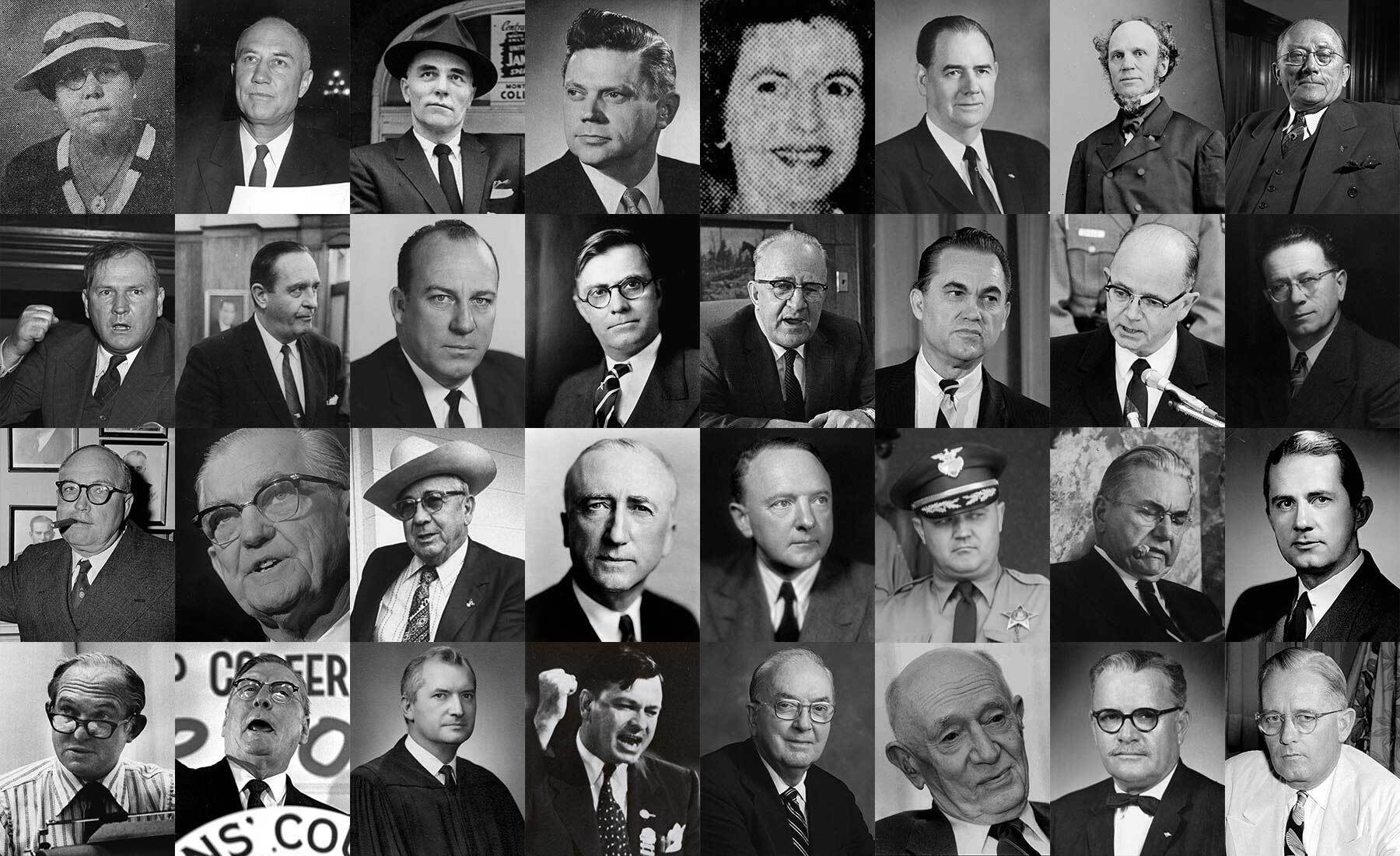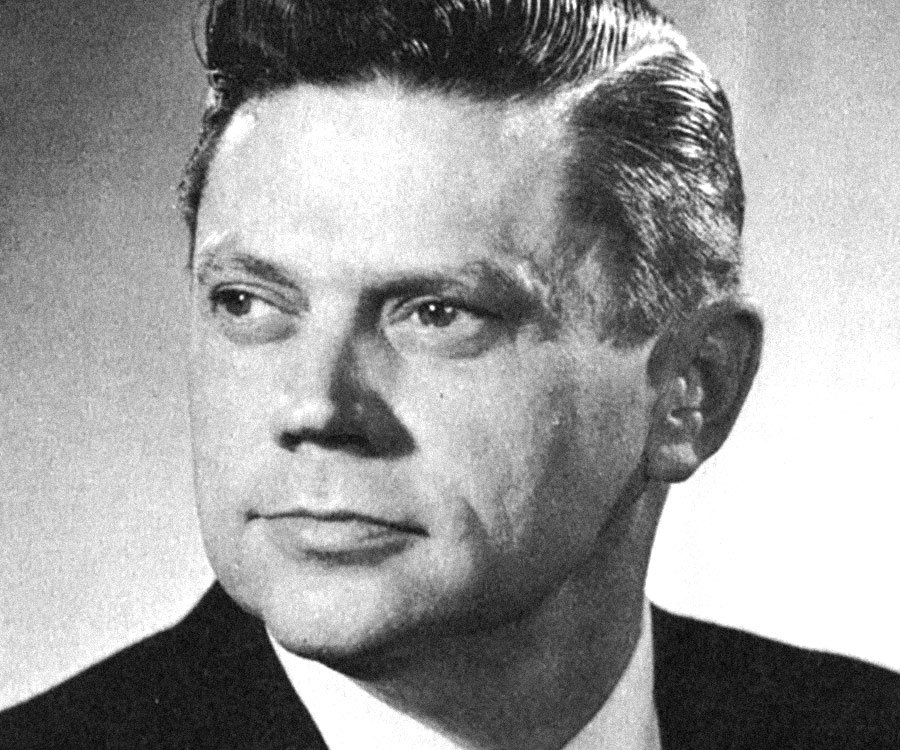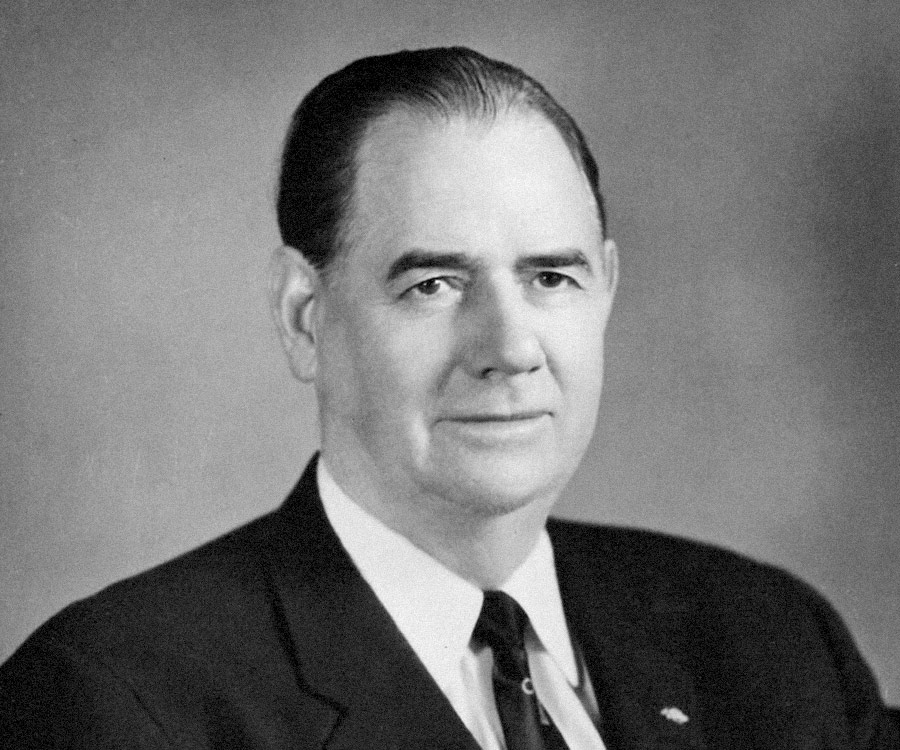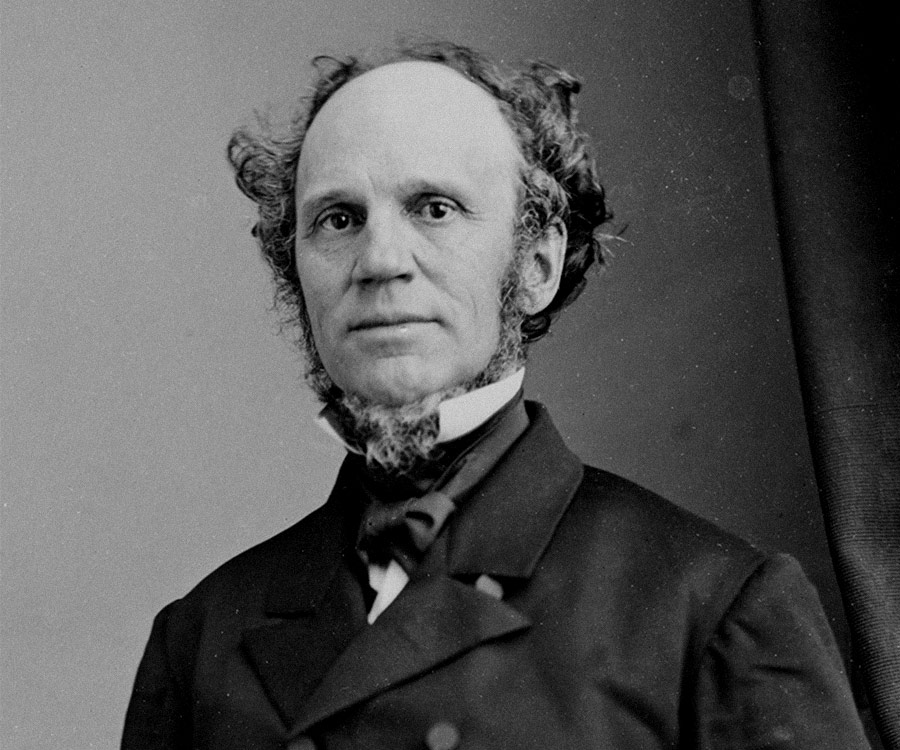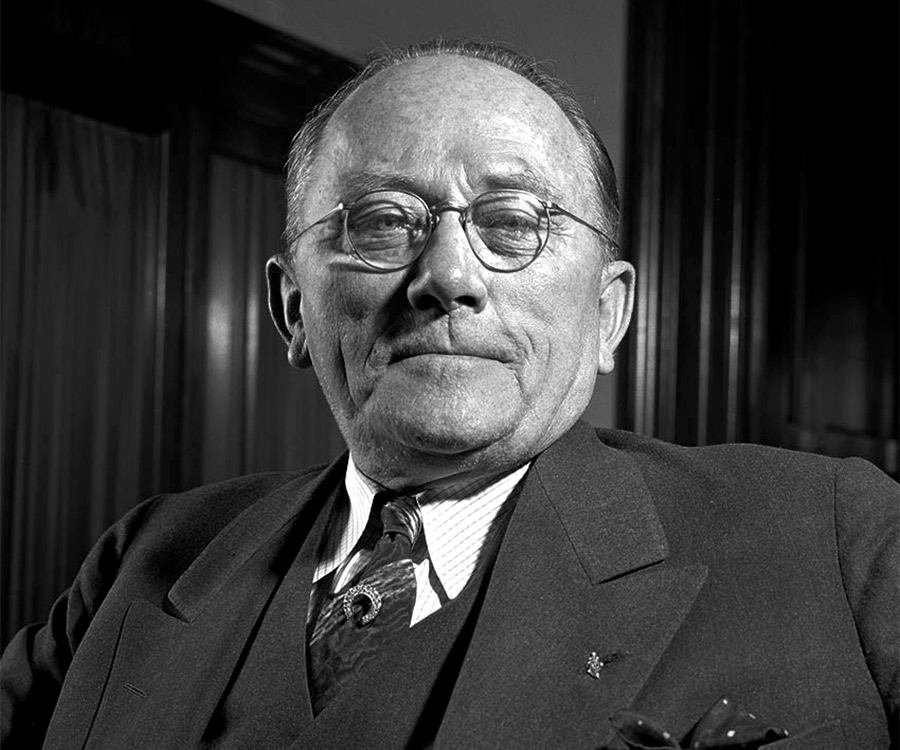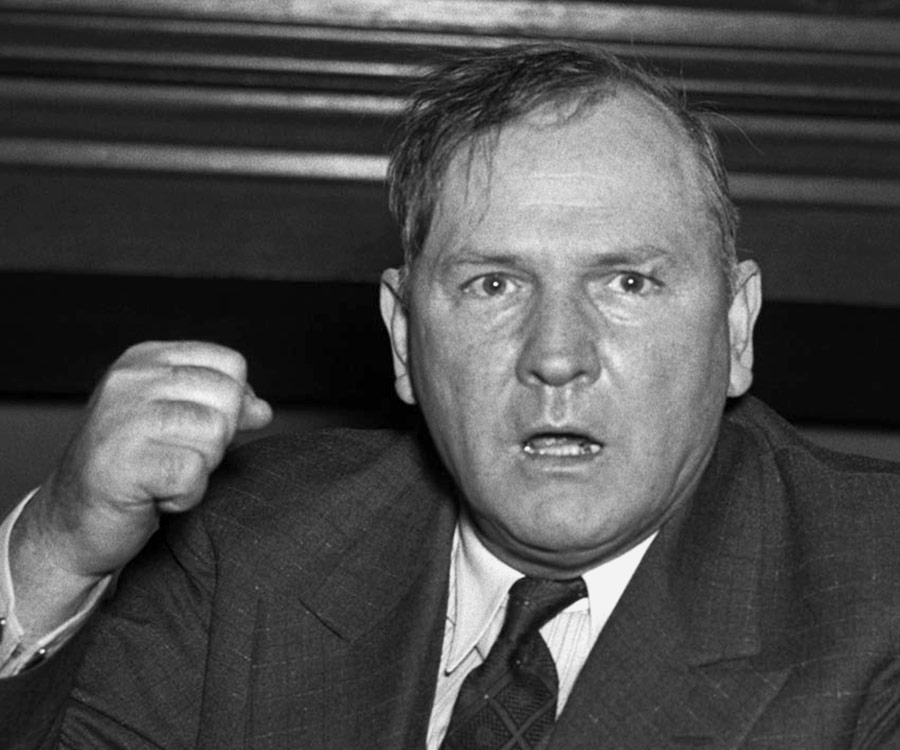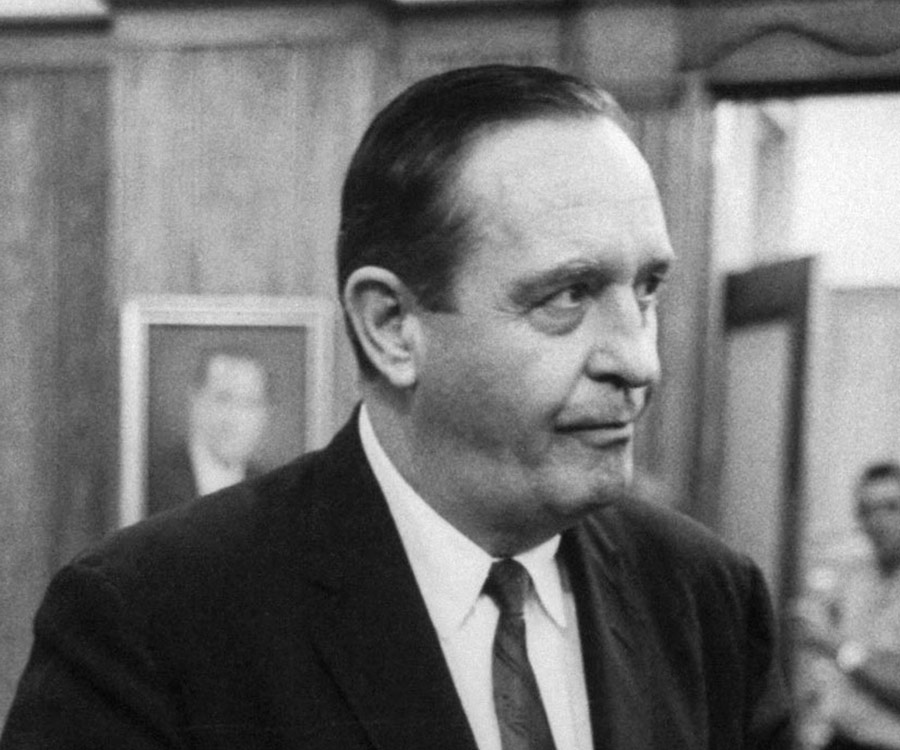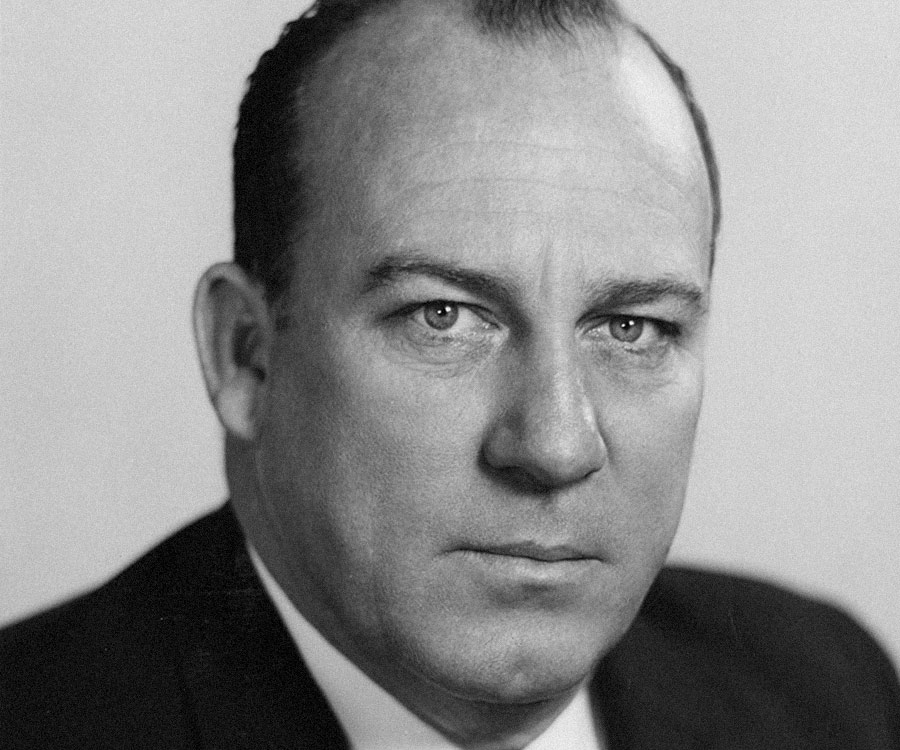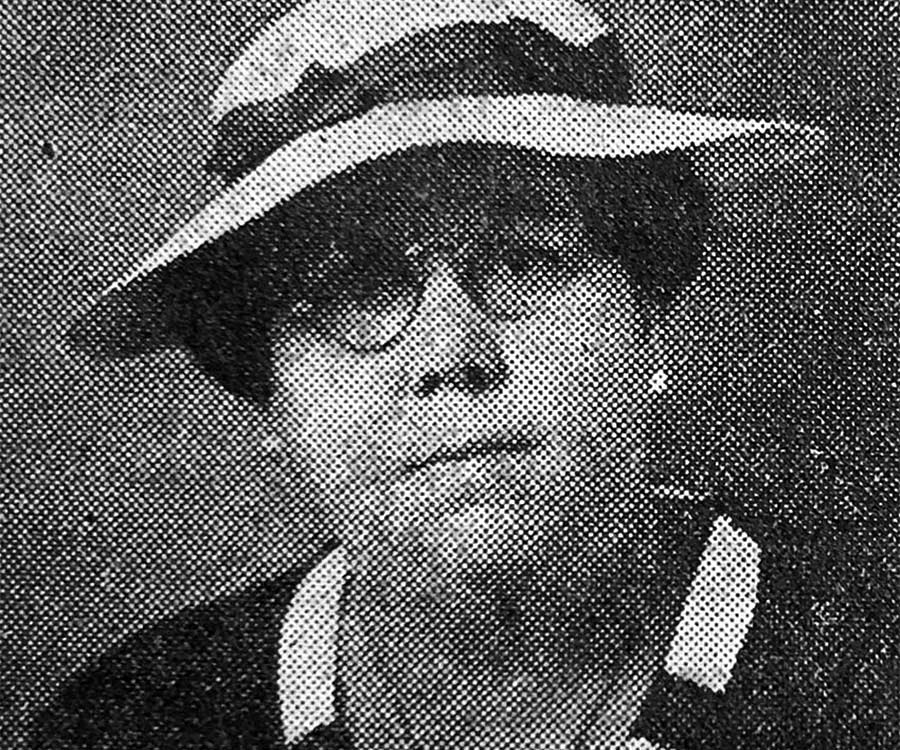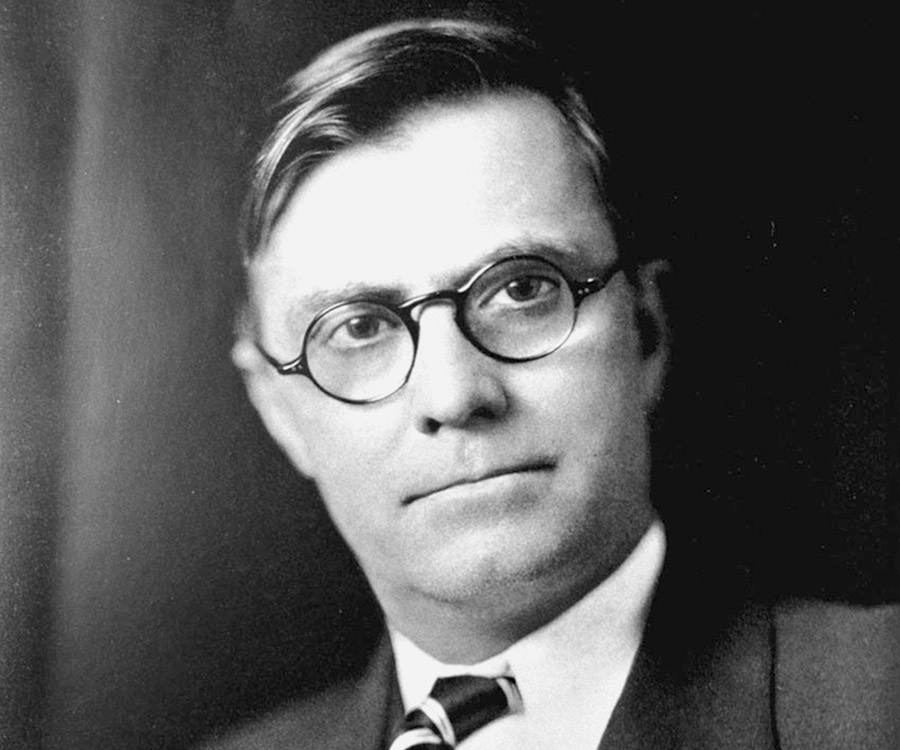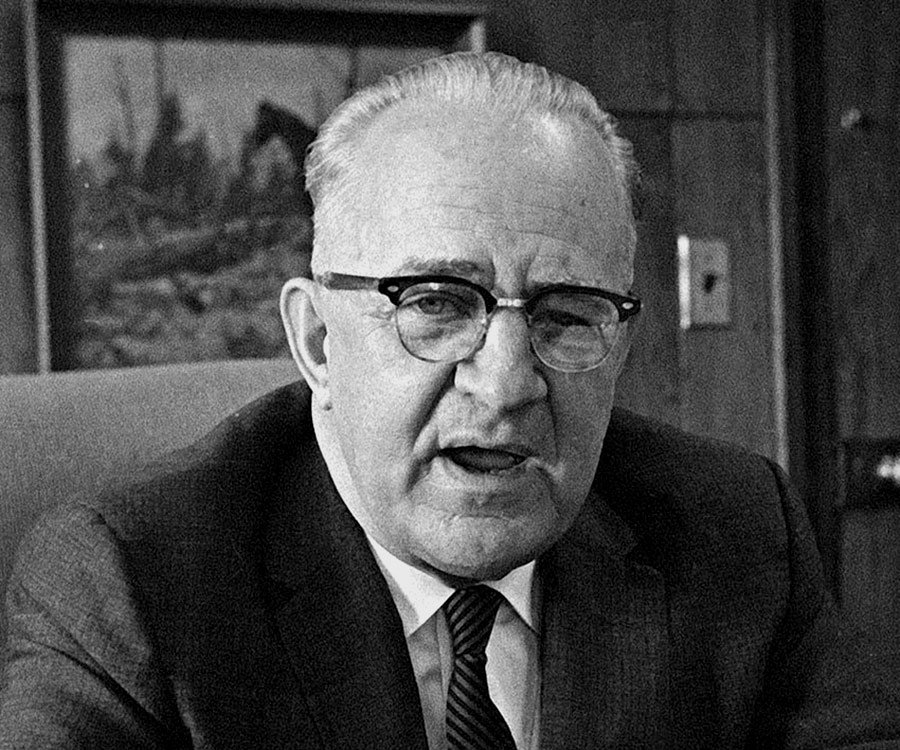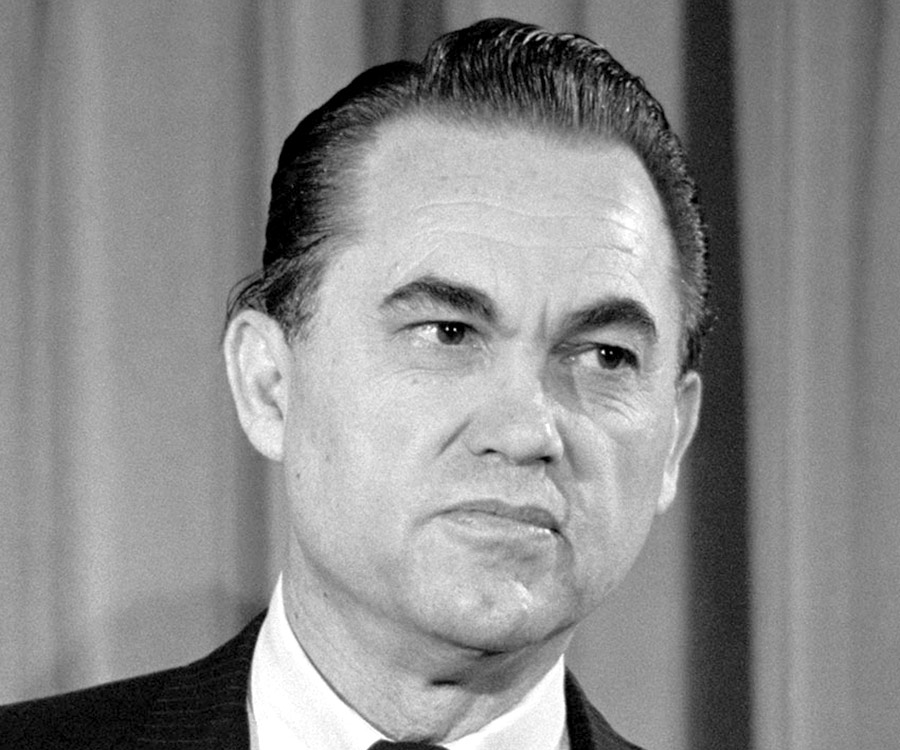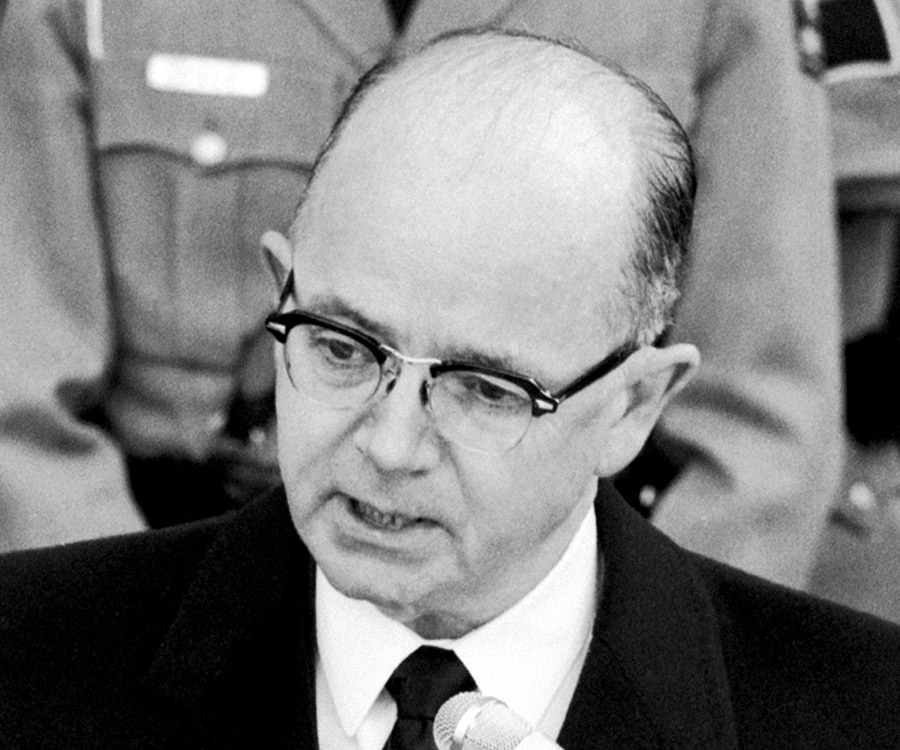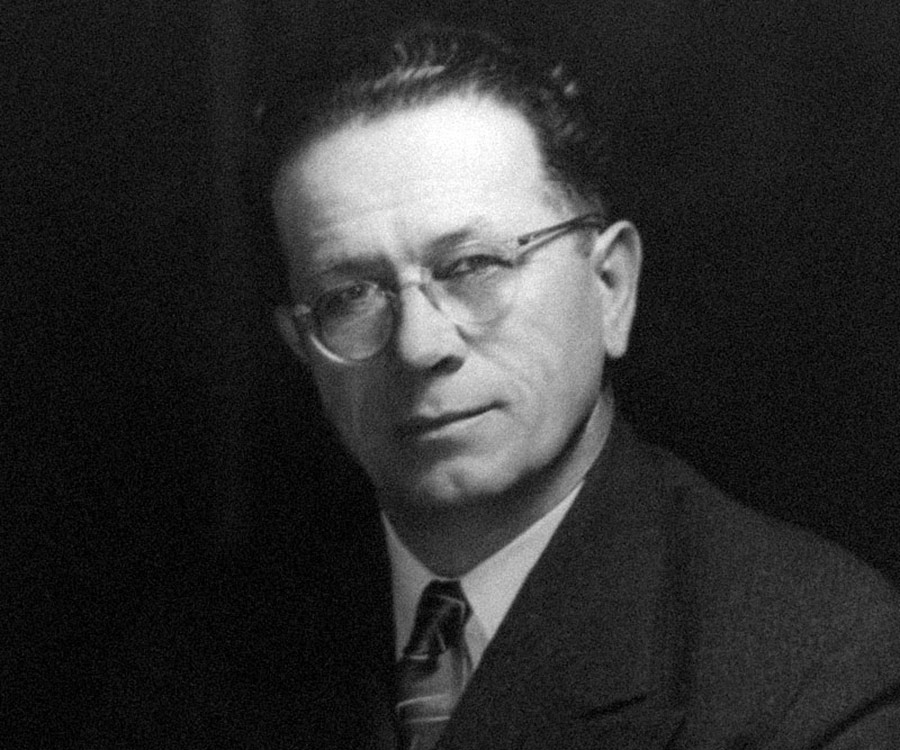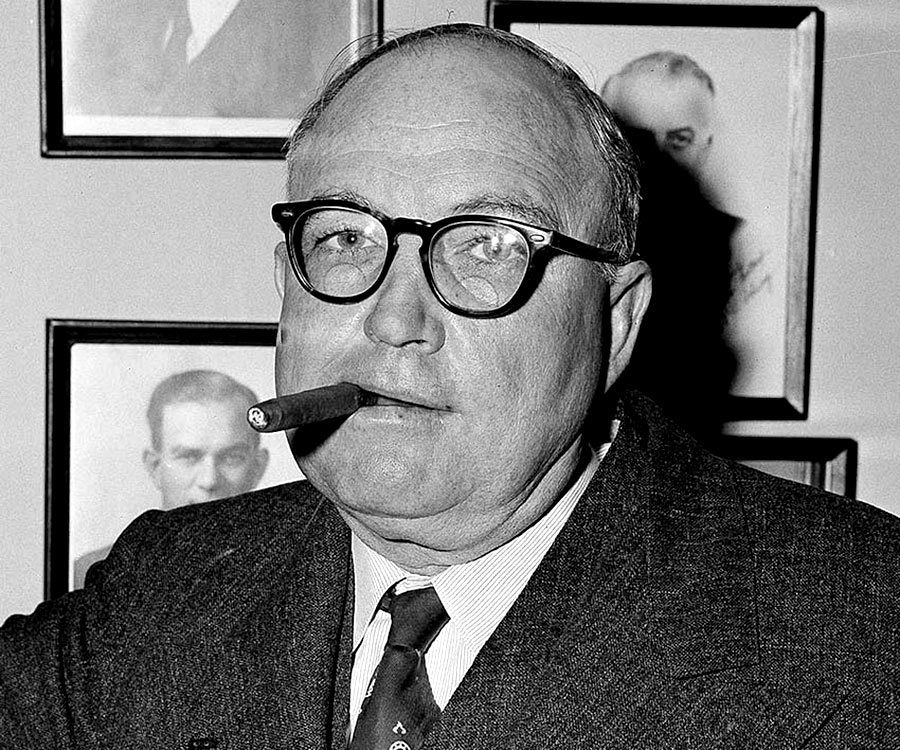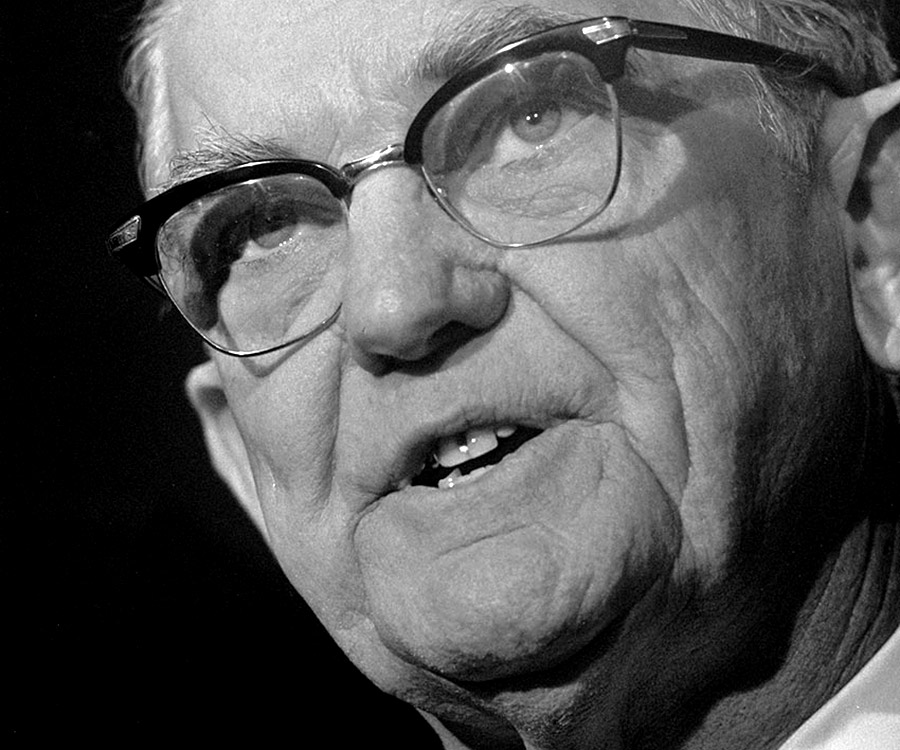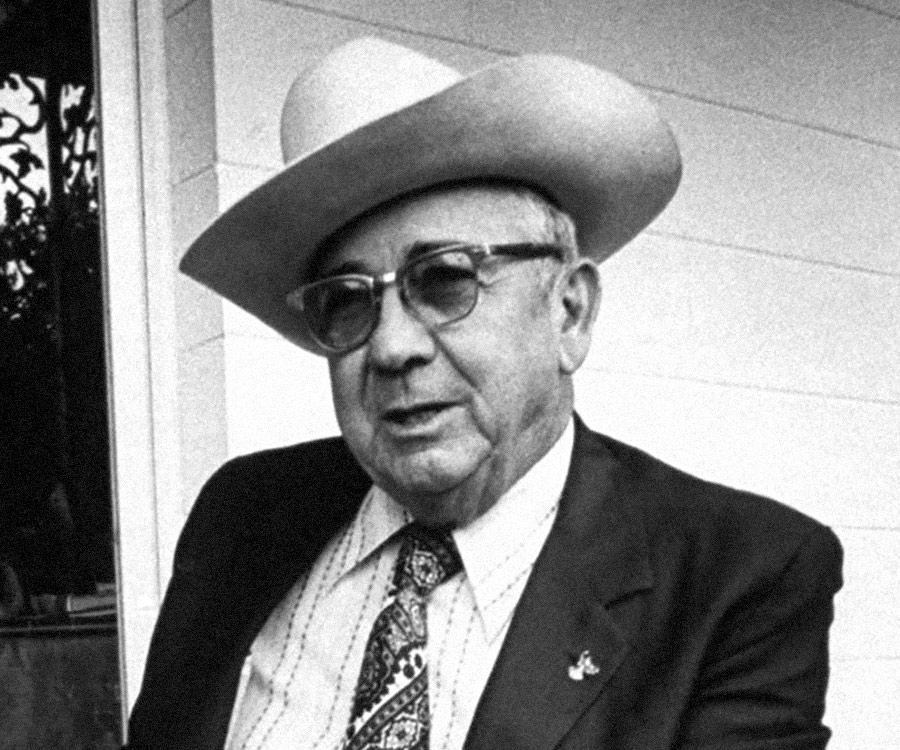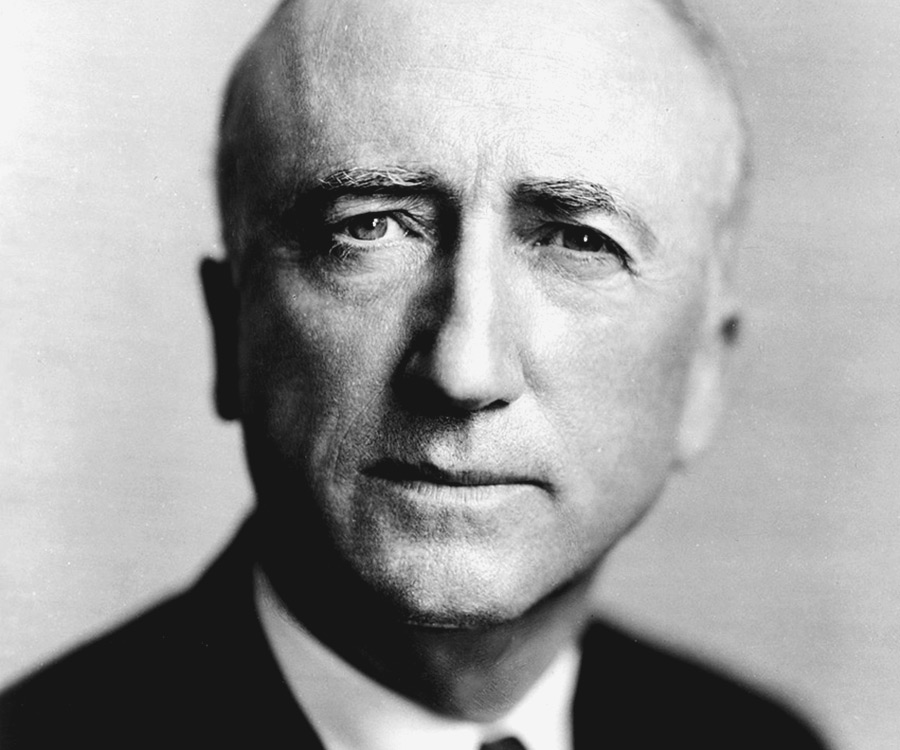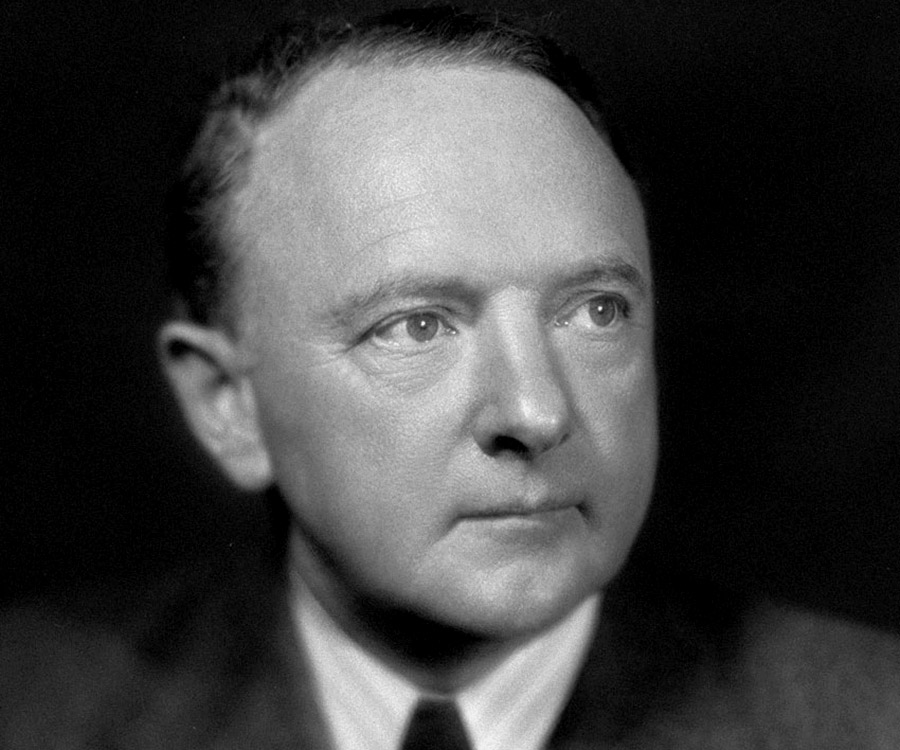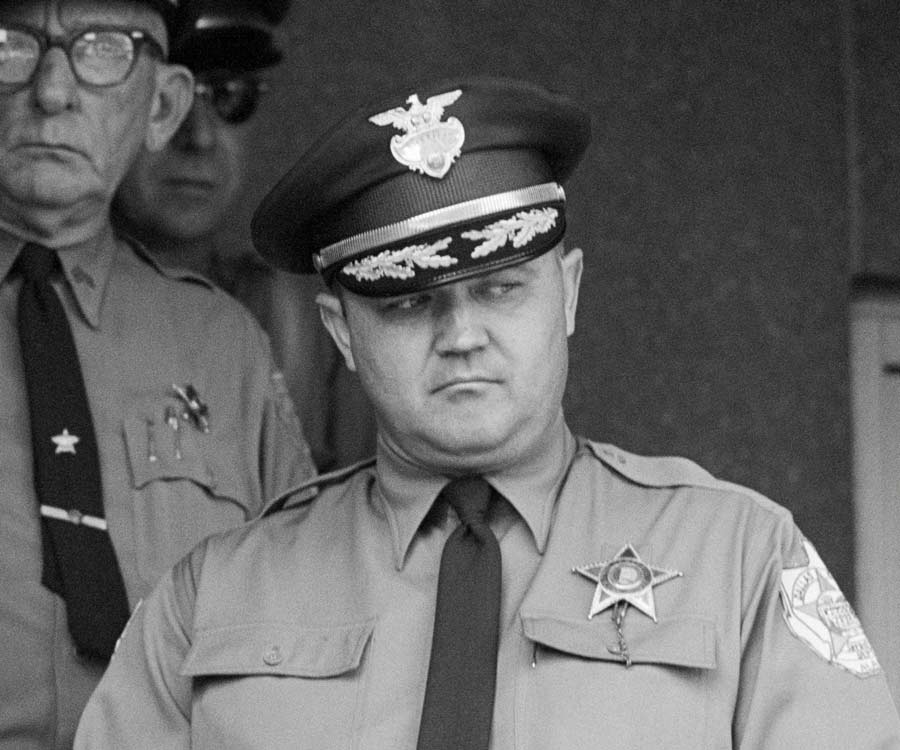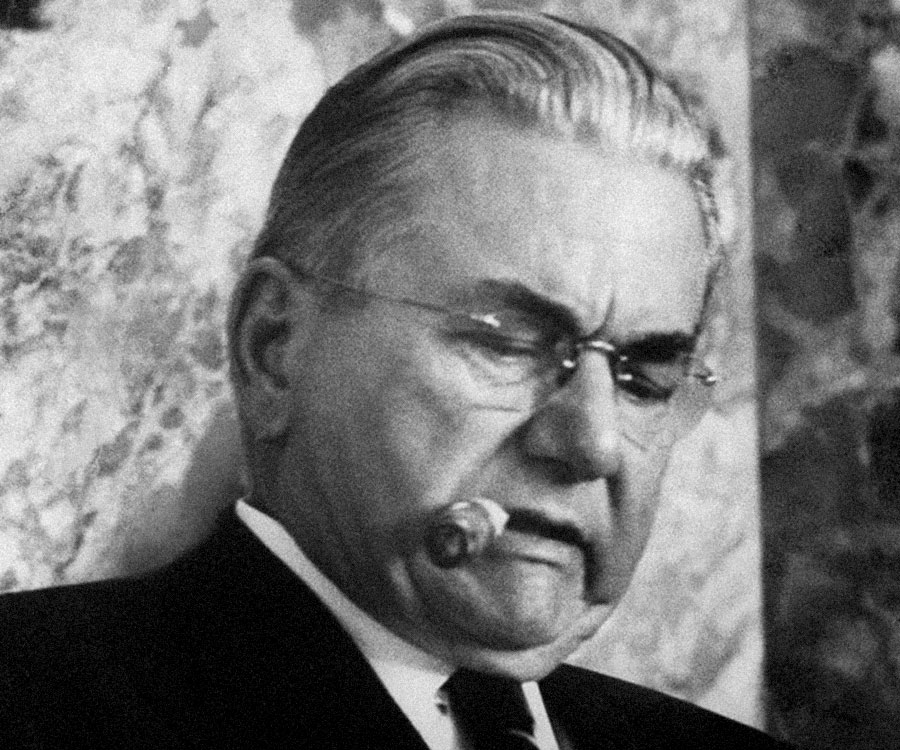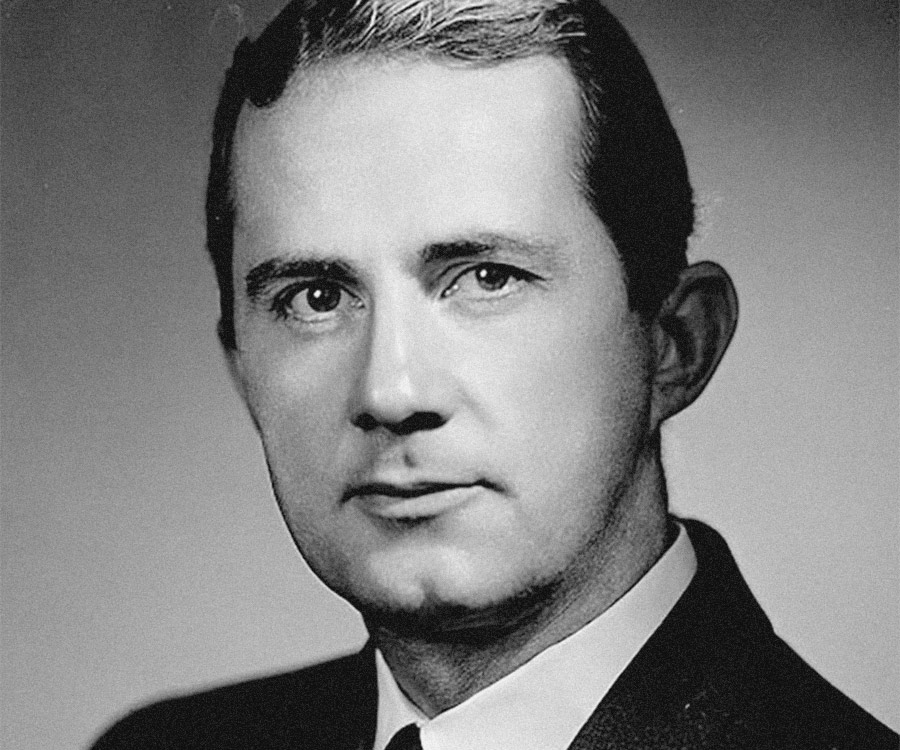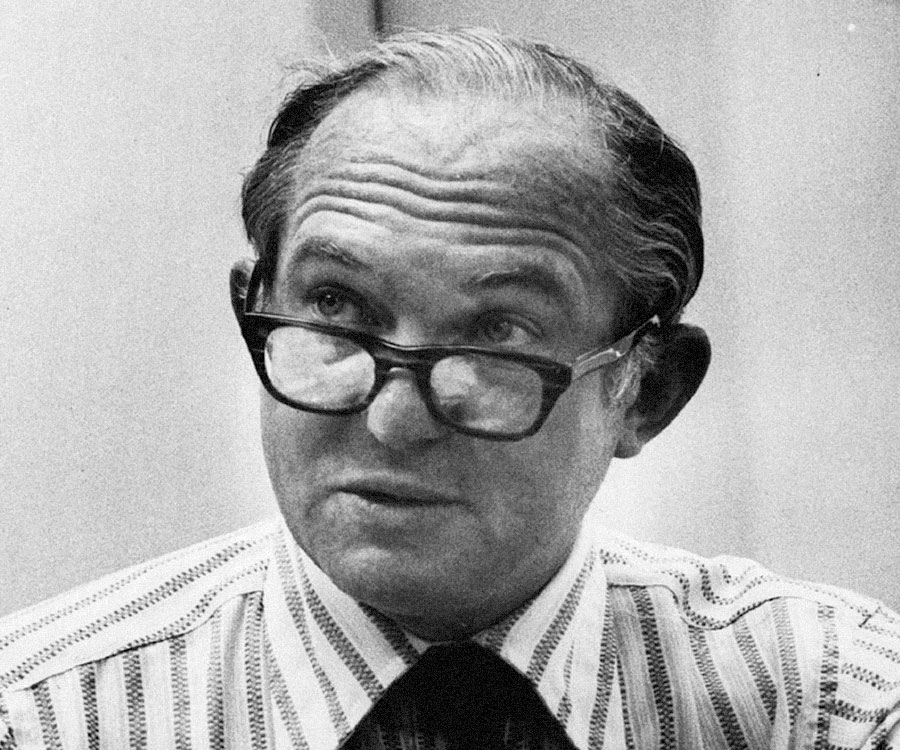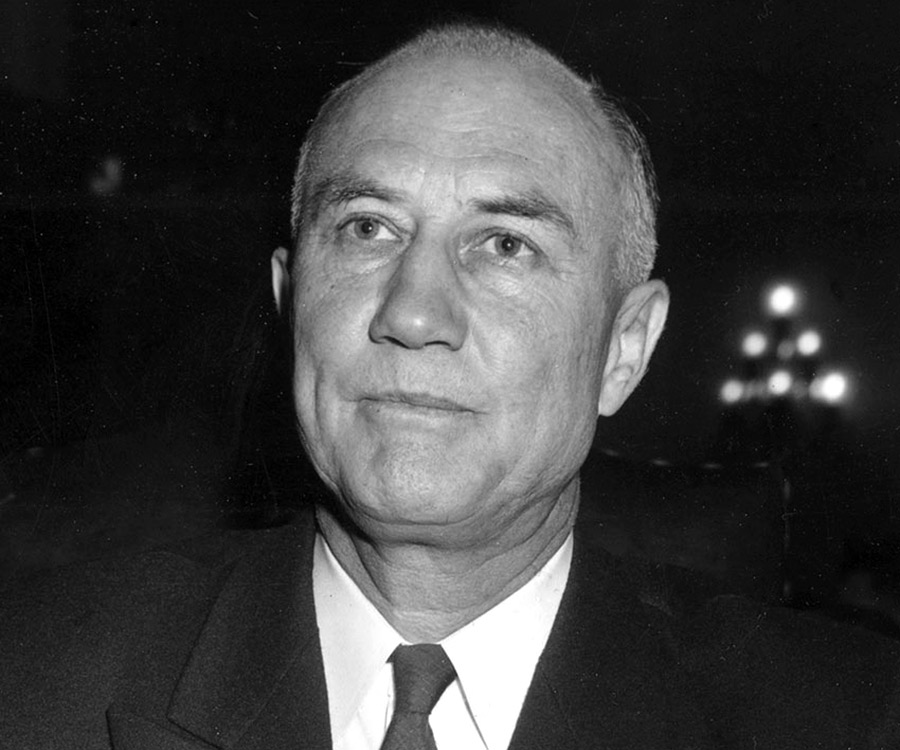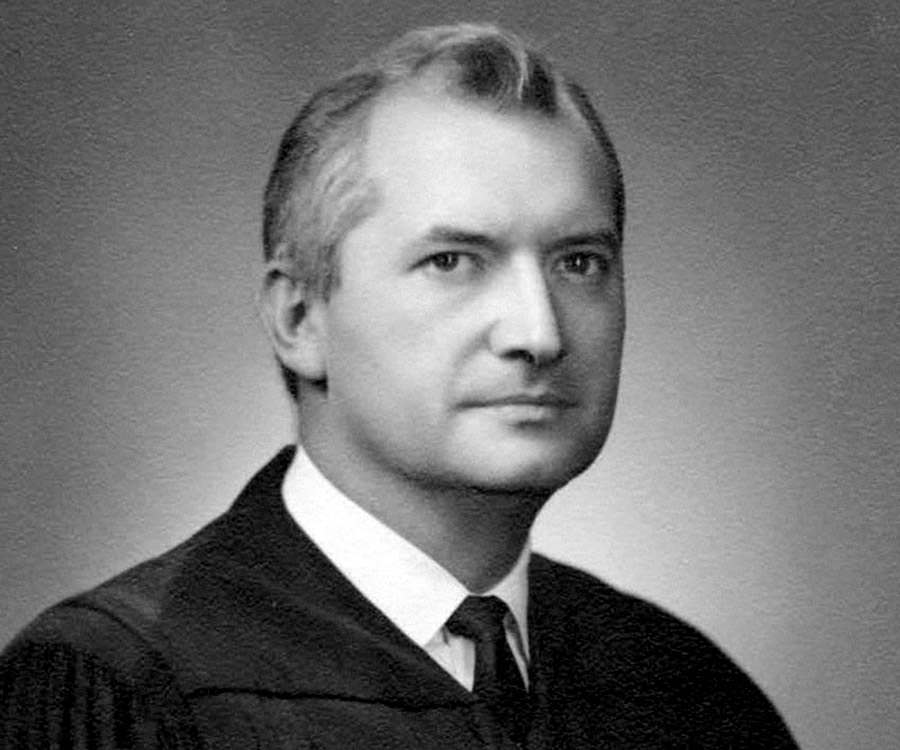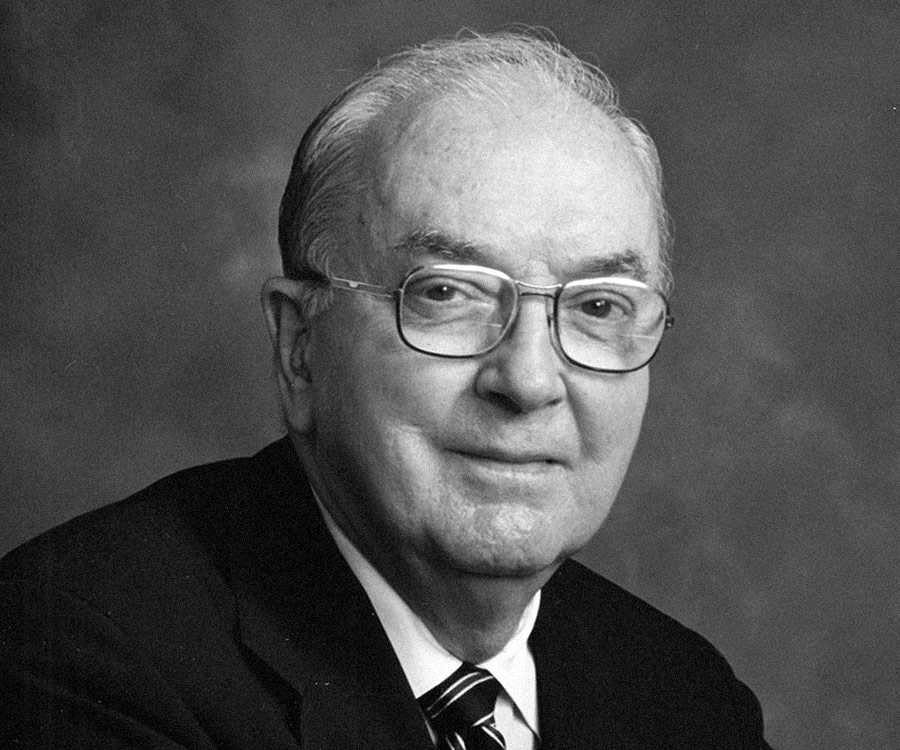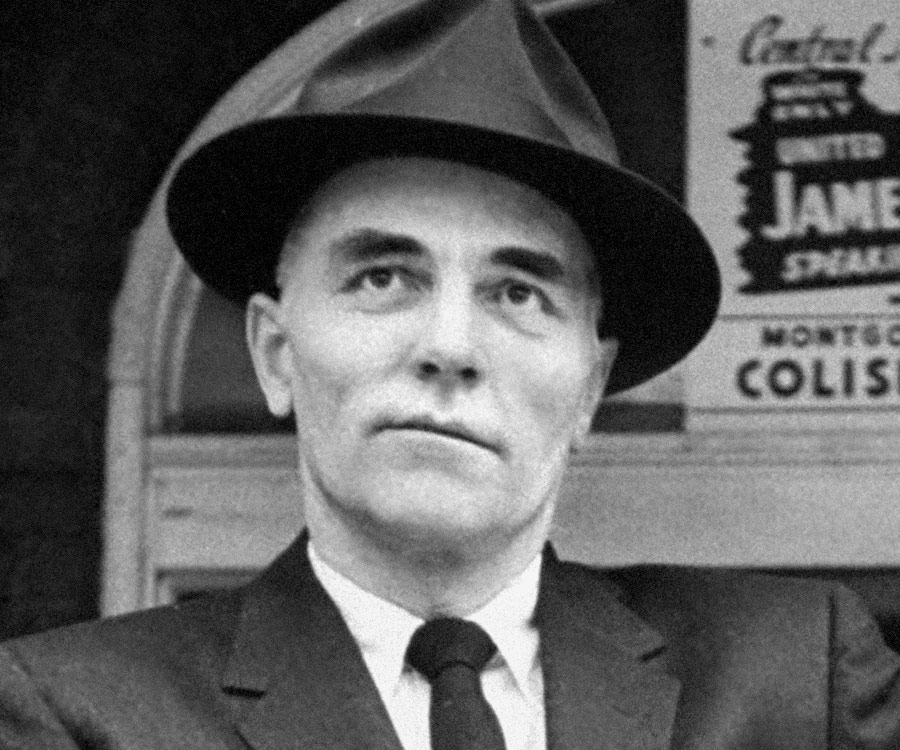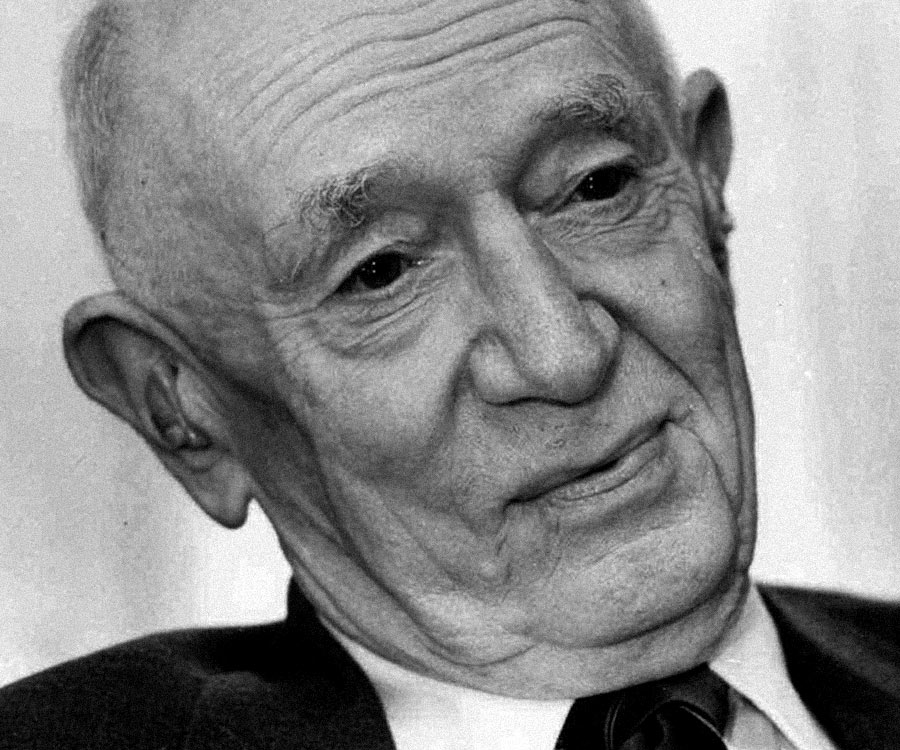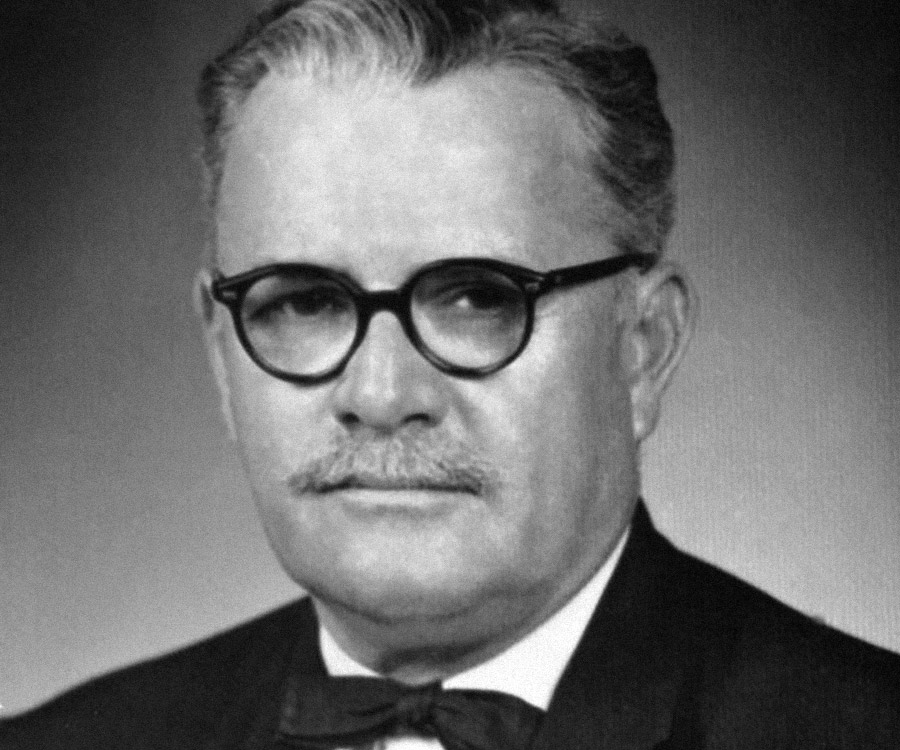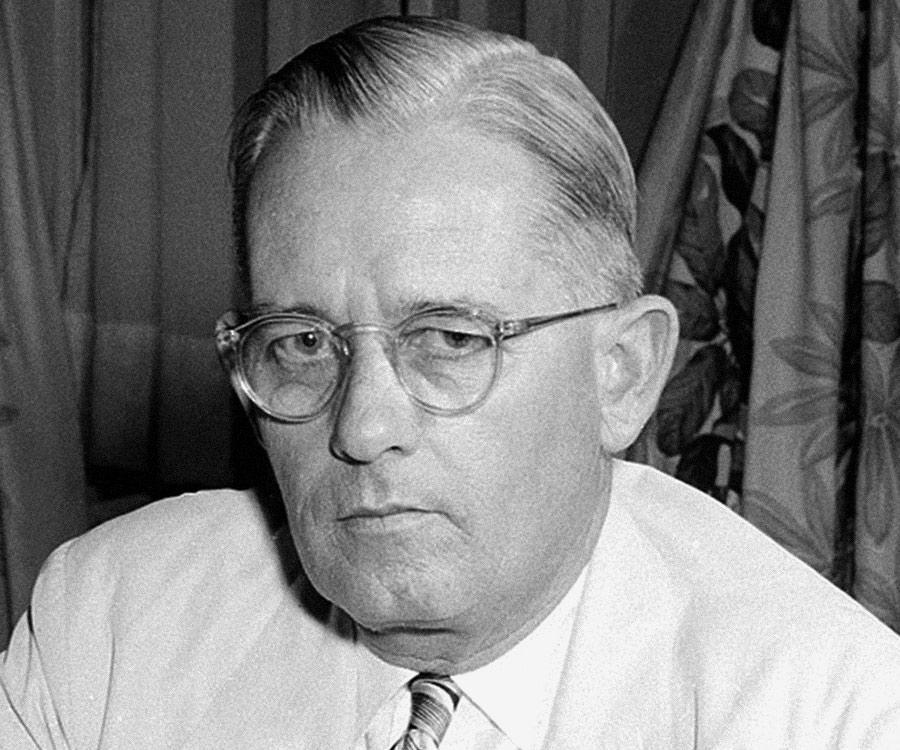LESTER MADDOX
(1915 – 2003)
GOVERNOR, GEORGIA
“If necessary, we should close our schools for a month
or a year or two years. It would be better to do that
and have free children than slave children.”
435
Salem (Ore.) Capital Journal, “Lester Maddox Mad Over School Order,” July 10, 1969.
Lester Maddox first entered the national spotlight in
1964 when he violated the Civil Rights Act by refusing
to serve three Black patrons at his Atlanta restaurant, the
Pickrick.
436
Indianapolis (Ind.) Star, “Atlanta Motel, Restaurant Told To Desegregate,” July 23, 1964; Richard Severo, “Lester Maddox, WhitesOnly Restaurateur and Georgia Governor, Dies at 87,” New York Times, June 25, 2003.
Maddox provided his white customers with
wooden pick handles, dubbed “Pickrick drumsticks,” to
threaten Black people against entering his restaurant.
437
Leon Daniel, “ ‘Pickrick Drumsticks’ Selling Like Hot Cakes; They’re Axe Handles, Not Chicken,” Greenville (S.C.) News, August 20, 1964
When a federal court ordered him to integrate the
restaurant, Maddox sold it. In 1966, he capitalized on his
notoriety by running for governor on a segregationist
“states’ rights” platform and, with the KKK’s endorsement,
won.
438
Bill Kovach, “Anger, Frustration, GOP Elected Maddox in Georgia,” Tennessean, October 2, 1966.
During his four years as governor, Maddox
promoted a racist, segregationist agenda, vigorously
opposed integrating Georgia public schools, and refused
to permit Martin Luther King Jr. to lie in state after he
was assassinated in 1968.
439
The Guardian, “Lester Maddox,” June 25, 2003; Errin Haines, “King Funeral, Tributes Reflect Gains in Civil Rights Movement, Montgomery (Ala.) Advertiser, February 4, 2006.
In a 2001 interview, Maddox
remained recalcitrant. “I want my race preserved,” he
said, “and I hope most everybody else wants theirs preserved.
I think forced segregation is illegal and wrong.
I think forced racial integration is illegal and wrong. I
believe both of them to be unconstitutional.”
440
Severo, “Lester Maddox.”
He died
two years later at age 87.
441
Ibid.
